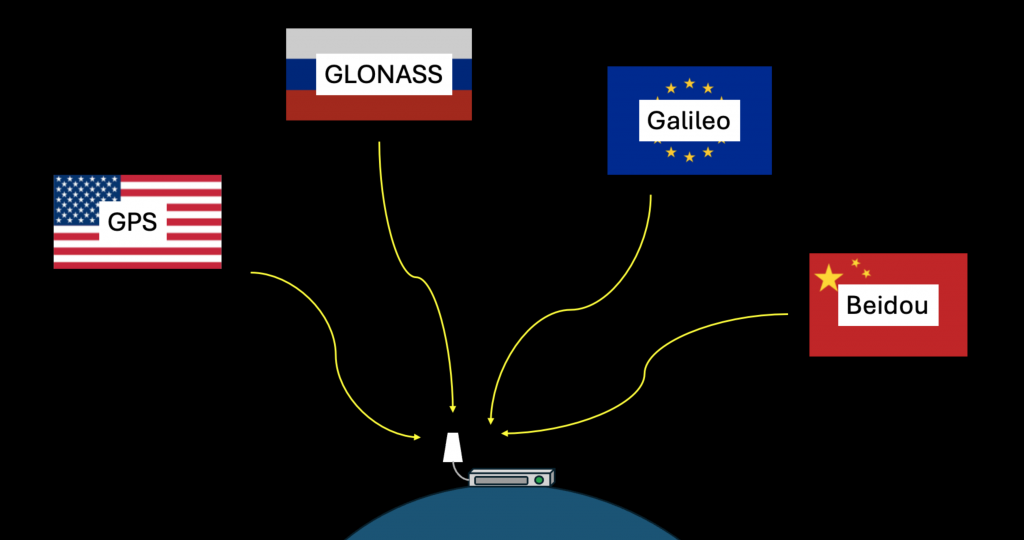Five Minute Facts about Packet Timing

Level 5, verify, is the highest resilience level according to the IEEE P1952 project. To meet this highest level of resilience PNT equipment must not only withstand an adversity against a PNT input indefinitely but also verify that the received PNT information is correct, even in the case of error in the PNT system form which the input came. For example, a Level 5 timing box can determine if the GPS system itself has a bug. Does that really happen? The answer is not very often, but yes. The last major error for timing occurred in 2016 when a subtle software bug in the GPS control communications led to 15 satellites broadcasting an incorrect value for the UTC offset to GPS time of 13 microseconds for several hours. The UTC offset parameter is usually a few nanoseconds. This caused GPS time servers to alarm and go into holdover, or worse output wrong time. A level 5 timing receiver would alarm but continue to function with a GPS independent source of time.
One way to be resilient against an error in a GNSS constellation is use a multi-constellation receiver and compare the time received from each constellation to the time received from the others. Such GNSS receivers are commonly available and have the added benefit that it is much harder to spoof multiple constellations at the same time.

An even more resilient solution is to get time from a national metrology lab and compare to GNSS. If the time derived from each source agrees to within expected error bars than it is very extremely likely to be correct.

Did you recognize the lab?
If you have any questions about network timing, don’t hesitate to send me an email at doug.arnold@meinberg-usa.com, or visit our website at www.meinbergglobal.com.
If you enjoyed this post, or have any questions left, feel free to leave a comment or question below.